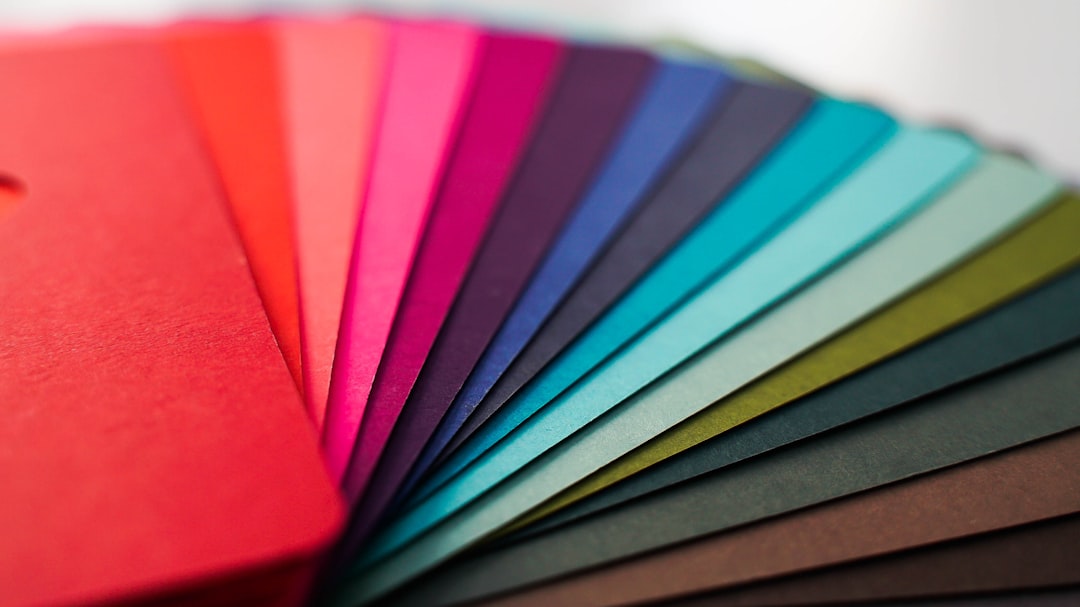In the digital age, stock photos have become a valuable asset for marketers, bloggers, designers, and business owners. However, using stock images effectively means more than just picking attractive pictures; it’s about creating a cohesive visual identity. A well-curated collection of images can elevate your brand, while mismatched visuals can confuse your audience and weaken your message.
Whether you’re designing a website, assembling a social media campaign, or preparing a presentation, knowing how to create a cohesive look using stock photos is essential. Let’s explore how you can curate consistent visuals that reflect your brand and convey your message seamlessly.
1. Define Your Brand Aesthetic
Before you begin scrolling through stock photo libraries, take time to understand your brand’s identity. Ask yourself questions like: What emotions should the visuals evoke? Is your brand more playful or professional? Minimalist or bold?
- Color palette: Identify two or three primary colors that represent your brand.
- Style: Choose a photographic style such as flat lay, candid, moody, or high contrast.
- Subject matter: Select recurring themes or elements (e.g., people working, nature, tech devices).

Once you’ve defined these elements, make sure every image you choose aligns with your brand’s overall personality and voice.
2. Be Consistent with Color Tones and Filters
One of the biggest clues that someone has used different sources for their images is inconsistent lighting, saturation, or color temperature. For a cohesive look, stick with images that match in overall tone.
If you find great images that don’t quite match tonally, consider editing them with a common filter or preset to make everything feel more uniform. Tools like Adobe Lightroom and Canva allow you to apply the same filter across multiple images.
3. Maintain a Visual Theme
Visual themes help unify your imagery even when they come from different photographers or platforms. For example, if you frequently use urban backdrops with natural lighting, continue to use similar environments and light exposure throughout your visuals.
You can also apply framing techniques—such as always placing a subject to the left or using negative space on one side—to maintain a consistent composition.

4. Choose From the Same Photographer or Series
Many stock photo platforms allow you to view other works by the same photographer or browse photo sets that belong to the same series. This can help maintain consistency not only in style but also in lens type, color grading, and model appearance.
By choosing images from the same creator or set, you reduce the risk of visual disconnects while enhancing your visual storytelling across platforms.
5. Use Strategic Cropping and Overlay Textures
Another technique to unify diverse imagery is to crop them to consistent dimensions or focal points. This is especially valuable when placing images in grids or banners.
You can also apply subtle textures, overlays, or gradients that match your branding. These effects serve a dual purpose: enhancing visual appeal and masking small inconsistencies between images.
6. Build a Mood Board
Before committing to any image choices, create a mood board where you can view all your image selections at once. This allows you to examine how the elements work together and edit where necessary.
Regularly updating this mood board helps steer your imagery choices and keeps your content fresh yet cohesive.
7. Limit the Number of Image Sources
Though it’s tempting to use photos from various platforms, using fewer sources often results in a more unified look. When you find stock sites that align well with your brand, bookmark and prioritize them.

Frequently Asked Questions
- Q: Can I use stock photos without editing them?
A: Yes, but editing them—even slightly—can help achieve a more cohesive look. Consider adjusting the contrast, tone, or applying the same filter across all images. - Q: What are the best tools for editing stock photos?
A: Popular tools include Adobe Lightroom, Photoshop, Canva, and VSCO. They allow you to apply presets and make precise adjustments. - Q: How do I know if an image fits my brand?
A: Match it against your brand’s colors, themes, and tone. If it naturally complements your visual identity, it’s probably a good fit. - Q: Should I use the same model type in all images?
A: While not necessary, it can help with visual consistency, especially when the model is central to your brand storytelling.
Crafting a cohesive look with stock photos is both an art and a strategy. With a thoughtful approach, brand clarity, and a bit of creative vision, stock images can become powerful assets in elevating your visual content.
